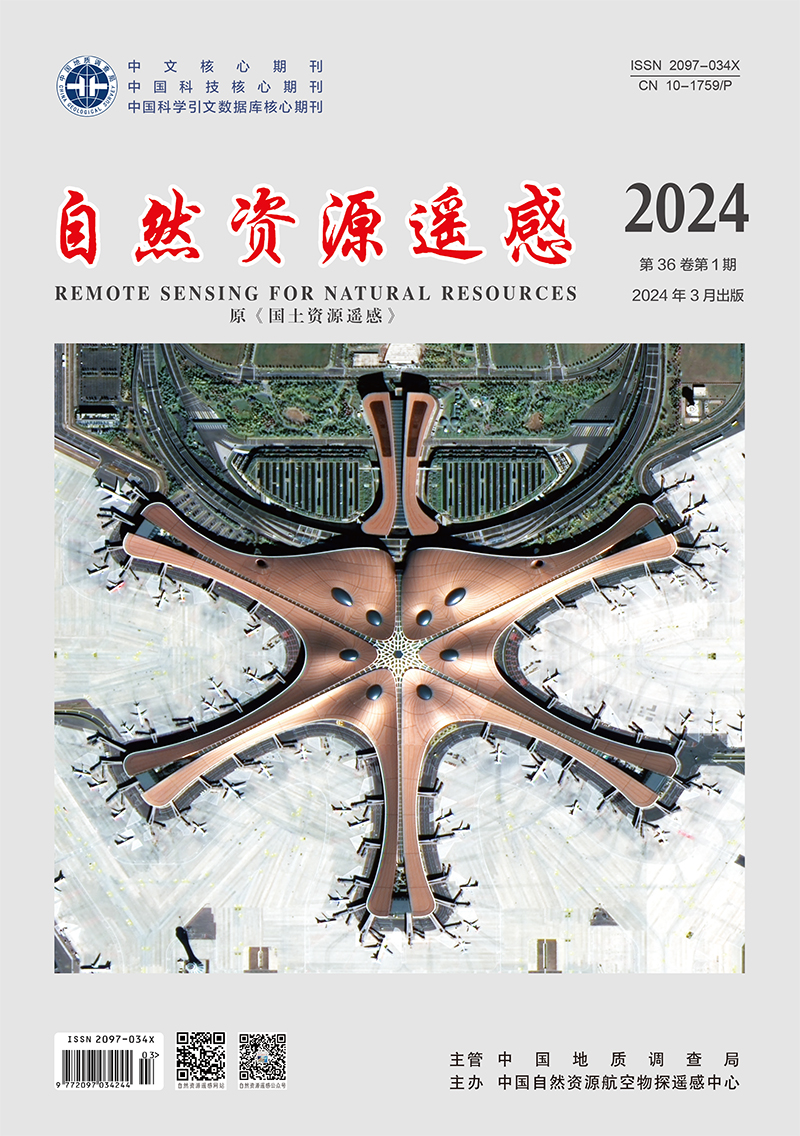ZHANG Wensong, ZHU Yuxin, QIU Yubao, WANG Yuhan, LIU Jinyu, YANG Kang. 2024. Remote sensing observation of surface meltwater on the Greenland Ice Sheet. Remote Sensing for Natural Resources, 36(1): 110-117. doi: 10.6046/zrzyyg.2022438
| Citation: |
ZHANG Wensong, ZHU Yuxin, QIU Yubao, WANG Yuhan, LIU Jinyu, YANG Kang. 2024. Remote sensing observation of surface meltwater on the Greenland Ice Sheet. Remote Sensing for Natural Resources, 36(1): 110-117. doi: 10.6046/zrzyyg.2022438
|
Remote sensing observation of surface meltwater on the Greenland Ice Sheet
-
ZHANG Wensong1,2,3,
-
ZHU Yuxin 1,
-
QIU Yubao 4,5,
-
WANG Yuhan 1,
-
LIU Jinyu 1,
-
YANG Kang 1,2,3
-
1. School of Geography and Ocean Science, Nanjing University, Nanjing 210023, China
-
;2. Jiangsu Provincial Key Laboratory of Geographic Information Science and Technology, Nanjing 210023, China
-
;3. Collaborative Innovation Center of South China Sea Studies, Nanjing 210023, China
-
;4. Laboratory of Digital Earth Science, Aerospace Information Research Institute, Chinese Academy of Sciences, Beijing 100094, China
-
;5. Joint Research Center for Arctic Observations, Aerospace Information Research Institute, Chinese Academy of Sciences and Arctic Space Center, Finnish Meteorological Institute (JRC-AO), Sodankyä l999018, Finland
-
Abstract
Every summer, the surface melting on the Greenland Ice Sheet (GrIS) results in a large amount of surface meltwater, which is transported via supraglacial rivers and stored supraglacial lakes and water-filled crevasses, forming a large-scale and complex hydrologic system. However, there is a lack of studies on the spatial distribution of surface meltwater on the GrIS. This study extracted the surface meltwater information of the GrIS during the peak melting period in 2019 using 134 scenes of 10-m-resolution Sentinel-2 satellite images. Furthermore, we compared the surface meltwater distribution derived from the remote sensing observation and the surface meltwater runoff simulated by the regional atmospheric climate model (RACMO). The results show that: ① During the peak melting period in 2019, the GrIS exhibited a surface meltwater area of 9 900.9 km2 and a surface meltwater volume of 6.8 km3; ② The GrIS surface meltwater exhibited a significantly varying spatial distribution characterized by high volumes in the western and northern basins and low volumes in the eastern and southern basins; ③ The surface meltwater on the GrIS was primarily composed of supraglacial rivers, which accounted for 57.1% of the overall surface meltwater volume, followed by water-filled crevasses (25.6%) and supraglacial lakes (17.3%); ④ RACMO accurately simulated the surface meltwater runoff regions in most GrIS basins. This study enhanced the understanding of key hydrologic processes such as surface meltwater routing and storage, demonstrating the high application potential of high-resolution remote sensing images in the hydrologic research of the GrIS.
-

-
-
Access History







 DownLoad:
DownLoad: